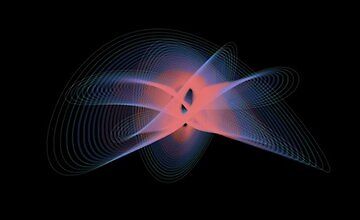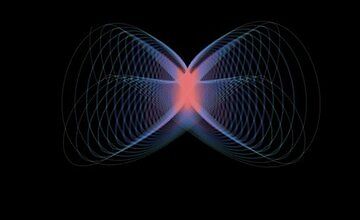
udemy
Udemy - одна из самых больших площадок в мире по доставке обучающего контента от разных авторов всего мира. Присутсвуют курсы практически на любую тему.
Master the Fourier transform and its applications
Изучите преобразование Фурье в MATLAB и Python и его применении в цифровой обработке сигналов и обработки изображений. Преобразование Фурье является одной из наиболее важных операций в обработке сигналов и современных технологиях, и, следовательно, в современной человеческой цивилизации. Но как это работает, и почему это работает?
Что вы узнаете в этом курсе:
Вы изучите теоретические и вычислительные основы преобразования Фурье, уделив особое внимание тому, как преобразование Фурье используется в современных приложениях при обработке сигналов, анализе данных и фильтрации изображений. Курс охватывает не только основы, но и сложные темы, включая эффекты нестационарности, спектрального разрешения, нормализации, фильтрации. Все видео поставляются с кодами MATLAB и Python, чтобы вы могли учиться и адаптироваться!
Этот курс сфокусирован на реализации преобразования Фурье на компьютерах и приложениях в цифровой обработке сигналов (1D) и обработке изображений (2D). Я не буду вдаваться в подробности о настройке и решении задач интеграции для получения аналитических решений. Таким образом, этот курс больше касается компьютерной науки / данных, инженерной стороны, а не чисто математики / дифференциальных уравнений / бесконечных рядов.
Этот курс для вас, если вы стремитесь или уже:
Что вы получаете в этом курсе:
Почему я имею право преподавать этот курс:
Я широко использовал преобразование Фурье в своих исследованиях и преподавании (в основном в MATLAB) в течение почти двух десятилетий. Я написал несколько учебников по анализу данных, программированию и статистике, которые в значительной степени основаны на преобразовании Фурье. Самое главное: я преподавал преобразование Фурье студентам бакалавриата, докторантам, профессорам и профессионалам, а также преподавал людям со многими знаниями, включая биологию, психологию, физику, математику и инженерию.

Udemy - одна из самых больших площадок в мире по доставке обучающего контента от разных авторов всего мира. Присутсвуют курсы практически на любую тему.

Изучите понятия линейной алгебры и матричного анализа и реализуйте их в MATLAB и Python. Линейная алгебра является, пожалуй, самой важной областью математики для вычислительных наук, включая машинное обучение, искусственный интеллект, науку о данных, статистику, моделирование, компьютерную графику, многомерный анализ, разложение матриц, обработку сигналов и так далее.

Используйте свой мозг, чтобы научиться обрабатывать сигналы, анализировать данные и статистику ... изучая мозг! Если вы читаете это, я думаю, у вас есть мозг. Ваш мозг генерирует электрические сигналы, которые могут быть измерены с помощью электродов, которые похожи на маленькие антенны. Эти электрические сигналы очень сложны, потому что мозг действительно сложен!